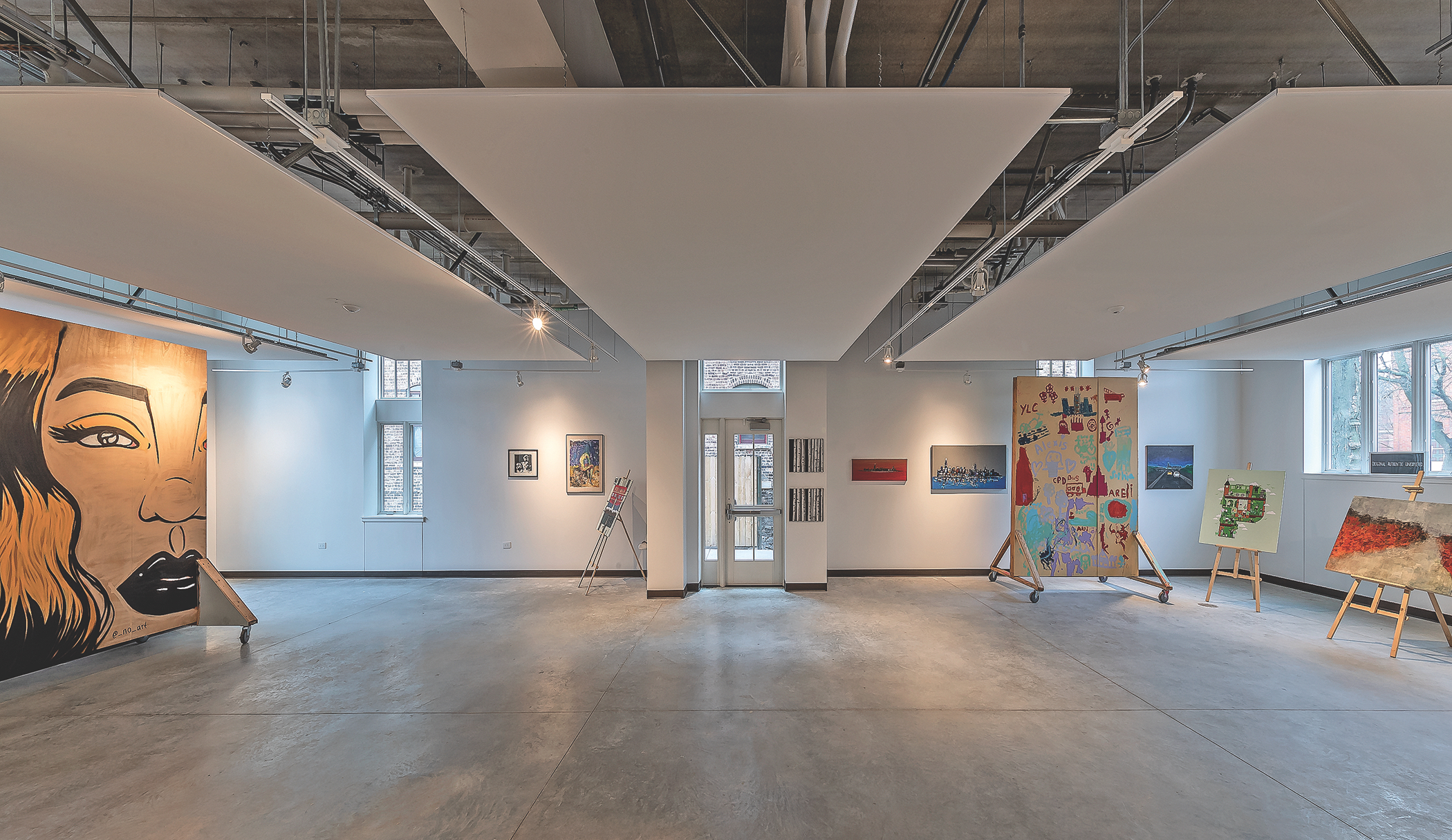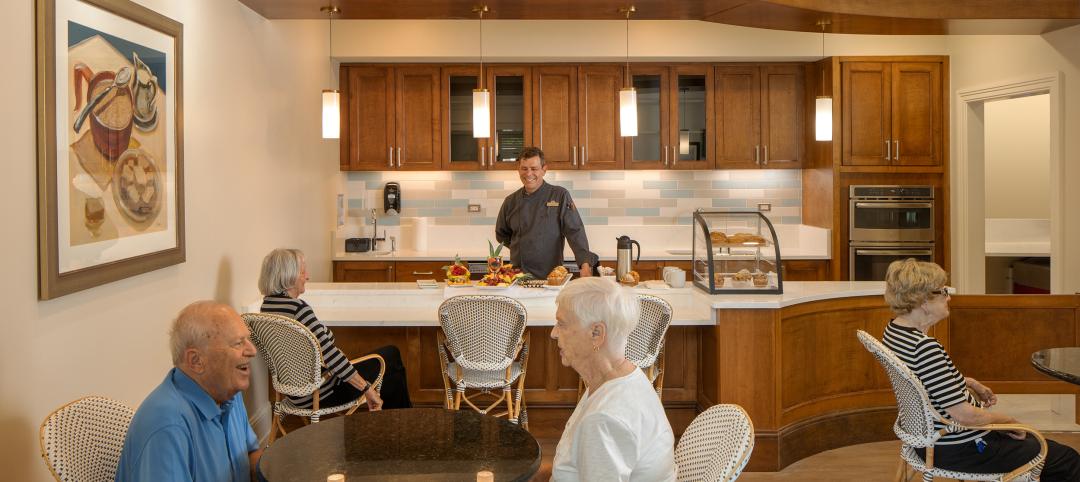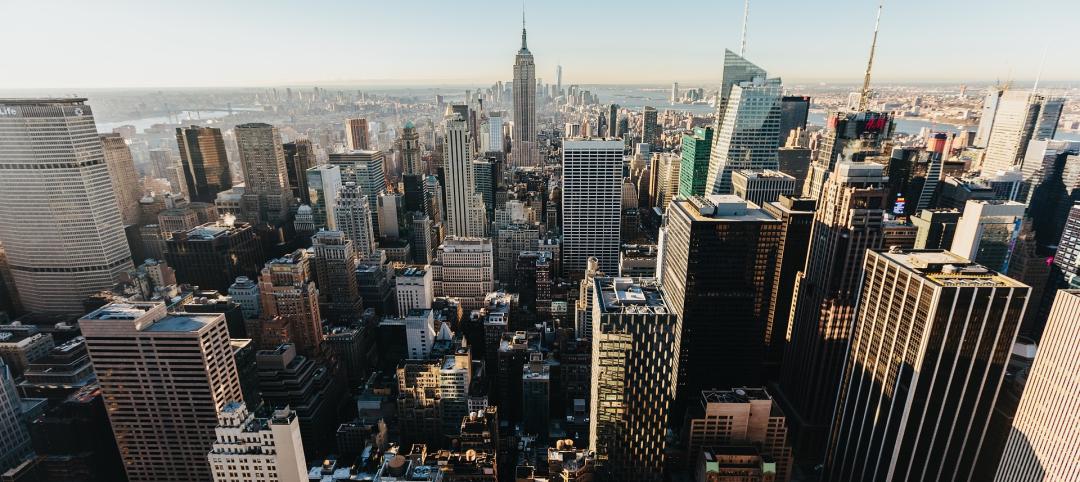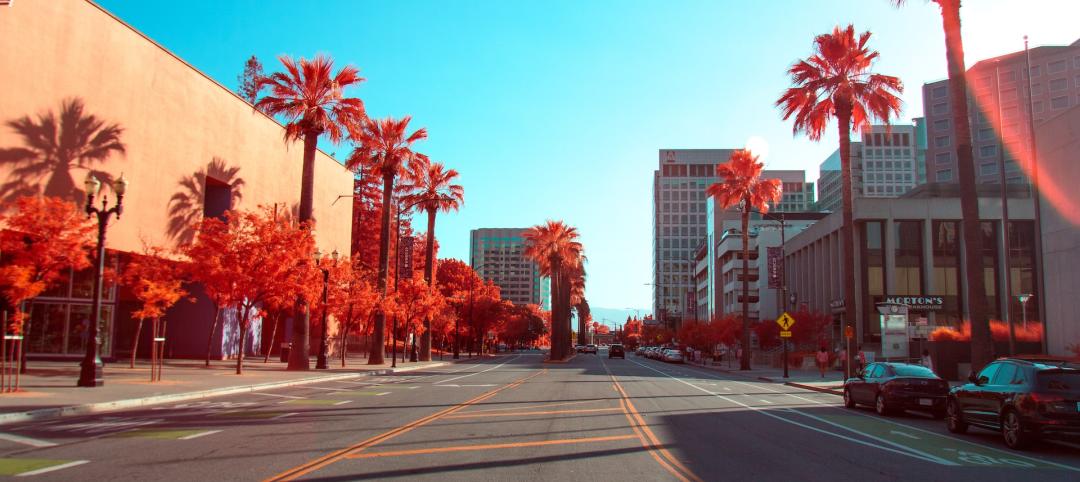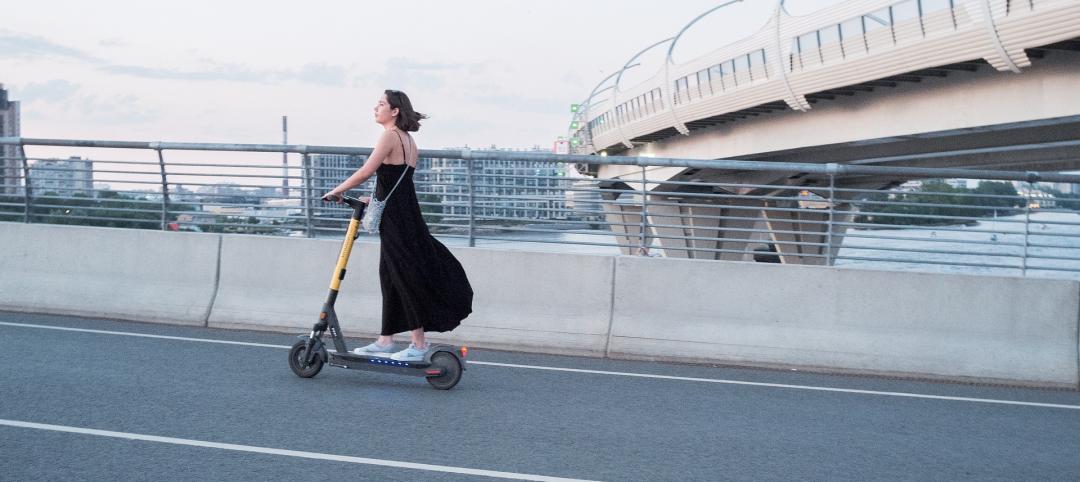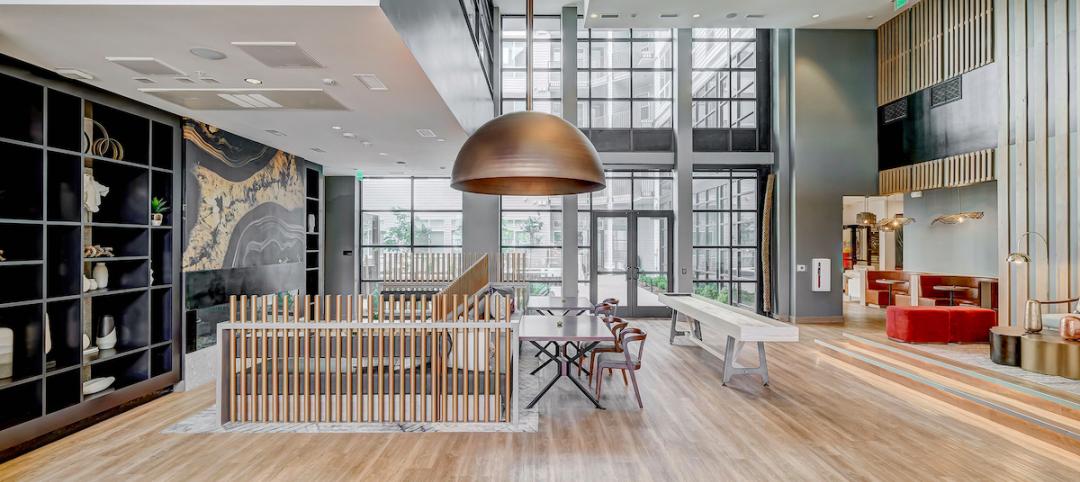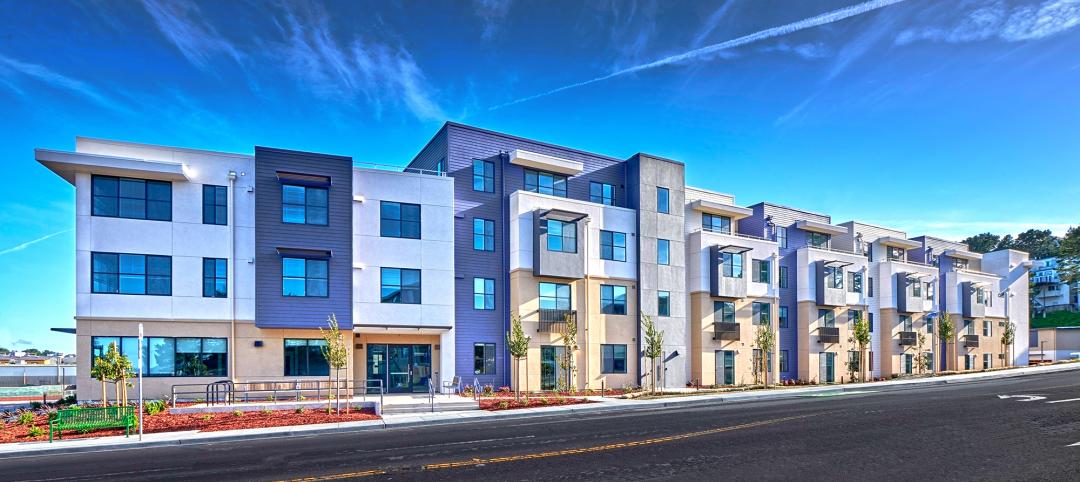The statistics are grim. According to Harvard’s Joint Center for Housing Studies, nearly half of all renter households (20.4 million) spent more than 30 percent of income on housing in 2019; 17.6 million households spent more than 50 percent. The National Low Income Housing Coalition reported that there were only 37 affordable and available homes for every 100 extremely low-income renter households nationwide in 2019.
Then there are the homeless—580,466 by the U.S. Department of Housing & Urban Development’s last count (January 2020); of these, 37,252 were veterans. HUD estimated that 1.4 million people slept in homeless shelters at some point in 2018. During the 2016-17 school year, 1.35 million children experienced homelessness at some point, reported the National Center for Education Statistics.
Despite the grim statistics, energetic developers, nonprofit groups, and their design and construction teams are finding ways to build housing that is not only affordable, but aesthetically pleasing and environmental responsible as well. Let’s take a look at 13 of them.
1. CAPITOL VISTA | Washington, D.C.

Located eight blocks north of the U.S. Capitol, Capitol Vista provides 104 studio and one- and two-bedroom rentals ($1,131 to $1,354/month): 21 at 30% AMI, 83 at 50% AMI. The $50 million enterprise may be unique in having Black owners (Dantes Partners), a Black property manager (Faria Management), and a Black interior designer (Determined by Design, founded by Kia Weatherspoon, NCIDQ, ASID, a Building Design+Construction 2020 “40 under 40” honoree). Grimm + Parker (architect) headed the team: SK+A Structural Engineers (SE, CE); Wiles Mensch Corp. (CE, landscape design); Century Engineer (MEP); MaGrann Associates (sustainability); and Hamel Builders (GC).
2. HOPEWORKS STATION NORTH | Everett, Wash.
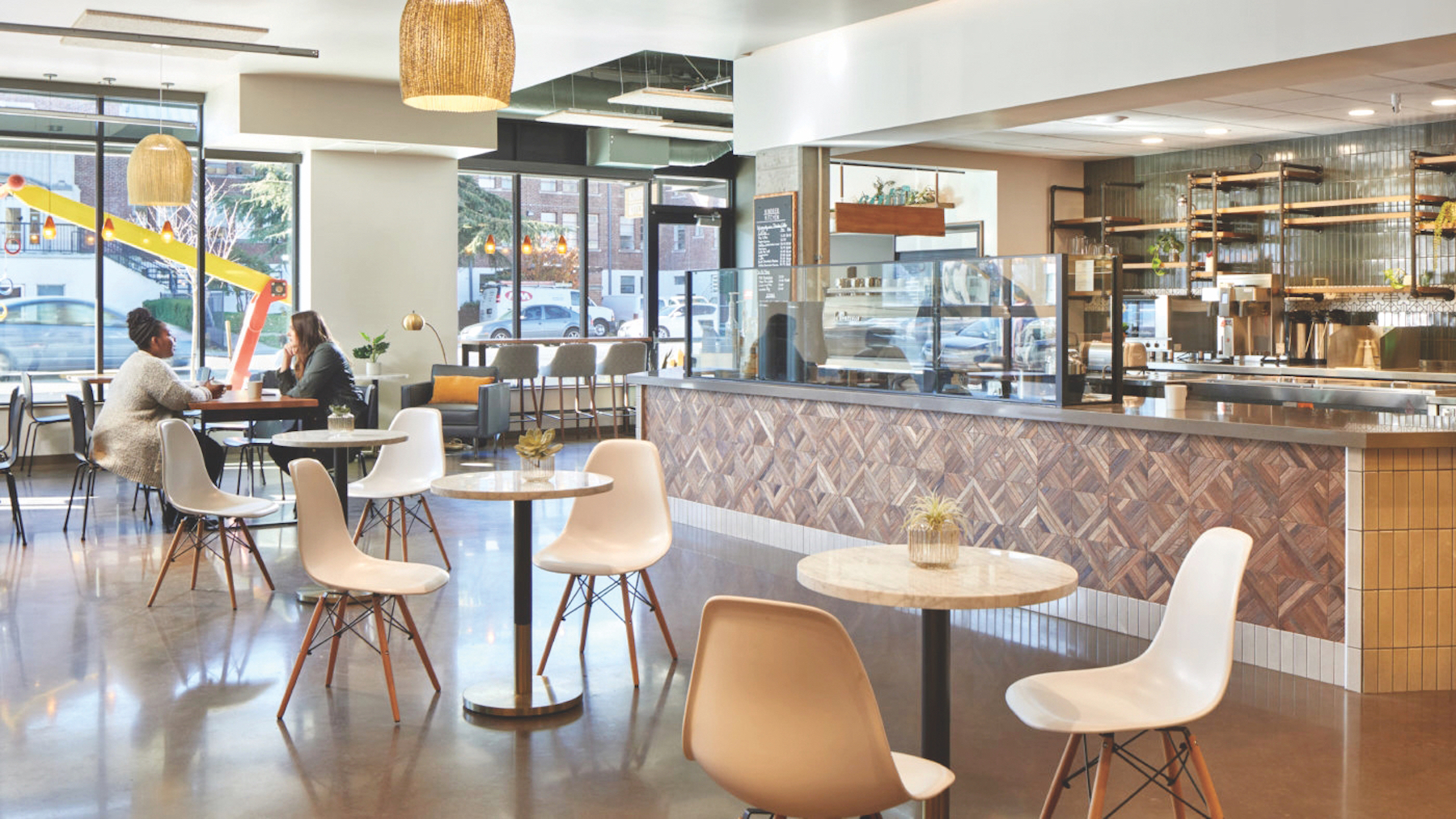
This four-story, net-zero-energy, LEED for Homes Platinum apartment complex has been selected for the Living Future Challenge affordable housing pilot and participated in the LEED Multifamily Midrise pilot to demonstrate compliance with Washington State’s Evergreen Sustainable Development Standard. Its 532 solar panels generate 198,000 kWh/year. GGLO and Dykeman Architects (designers) steered the $17.7 million project for HopeWorks Social Enterprises, with Beacon Development Group (development consultant), O’Brien360 (sustainability consultant), and Kirtley-Cole Associates (GC). The 65 studio and one- and two-bedroom units house homeless youth and veterans earning 30-50% AMI.
3. THE AYA | Washington, D.C.
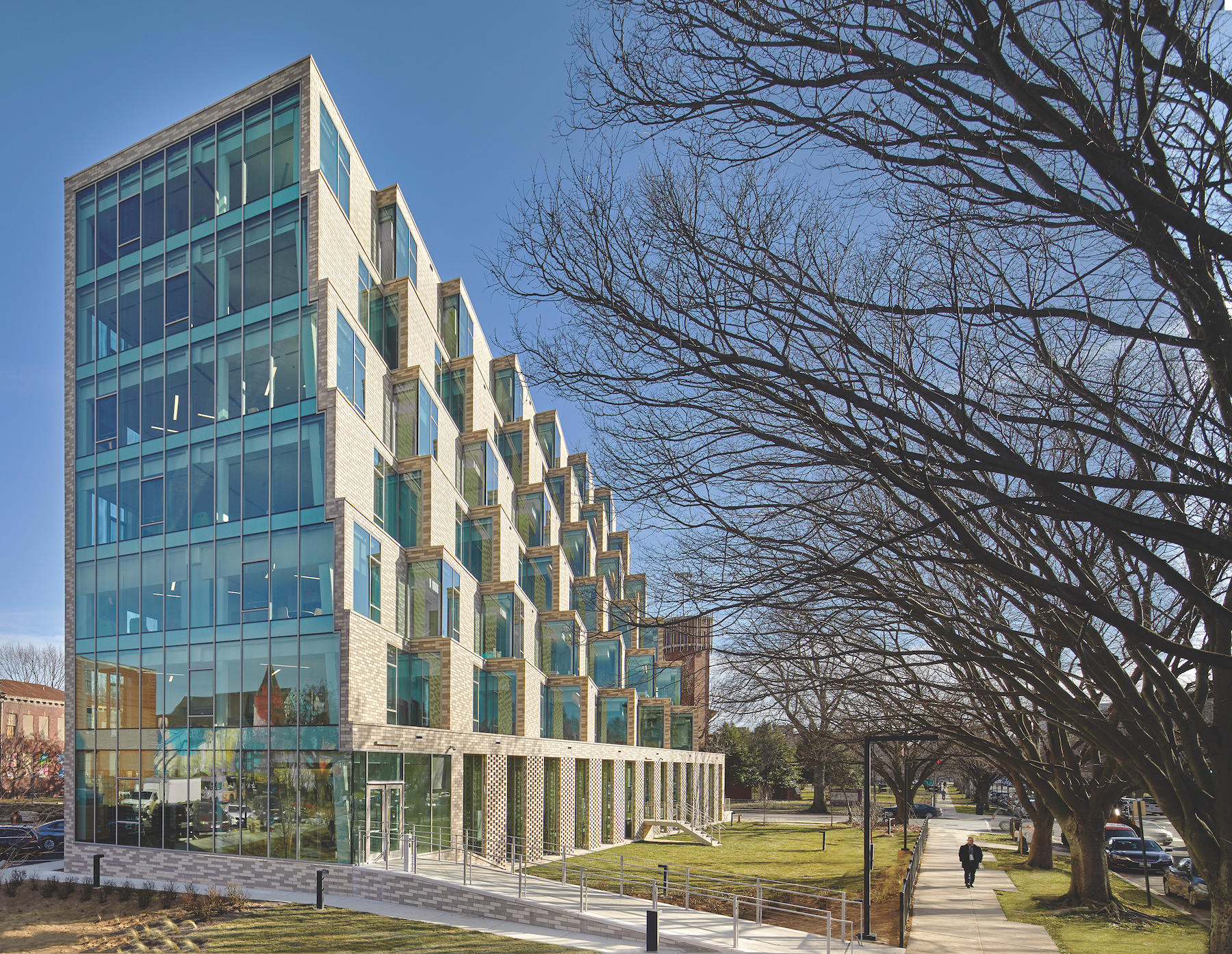
The Aya offers emergency housing for up to 50 families—largely mothers with young children—in Southwest Washington. Each color-coded floor has 7-10 units; adjoining rooms can be linked via lockable doors to accommodate families up to 12. The joint venture of LEO A DALY and Studio Twenty Seven Architecture designed the $21 million center for the D.C. Department of General Services. Silman Associates (SE), A. Morton Thomas (CE), Setty & Associates (MEP), and Blue Skye Construction (design-build contractor) contributed.
4. FOUR TEN LOFTS | Baltimore, Md.
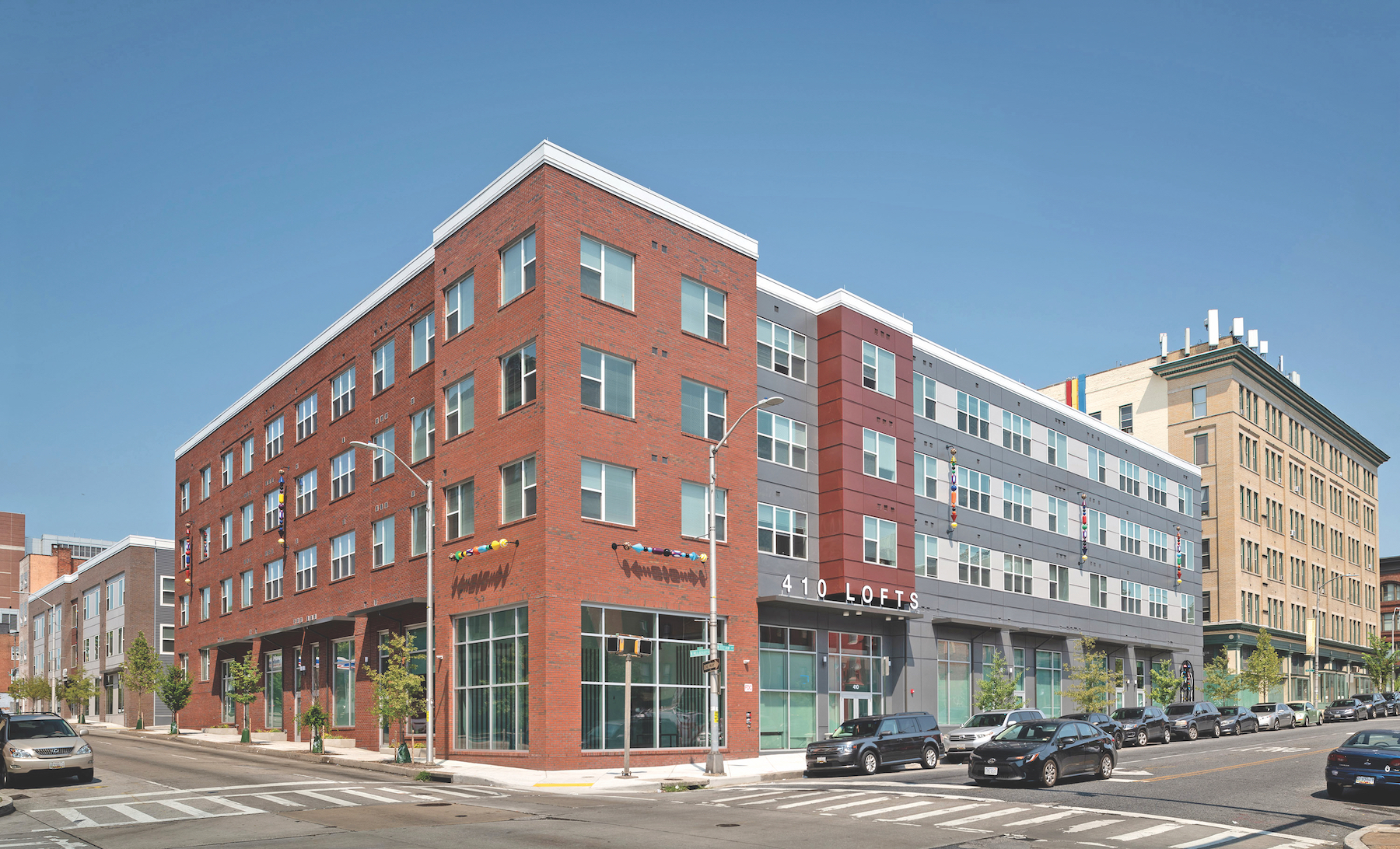
Designed for artists and the homeless, this $14.2 million complex, in the Bromo Tower arts and entertainment district, provides eight three-bedroom apartments in one building and 68 one- to three-bedroom units in a second structure. The latter building has a two-story gallery, sound rooms for musicians, an art workroom, and a spray booth. All rooms come fully furnished; United Way outfitted the apartments with bedding, towels, dishes, and small appliances. Energy Star Multifamily and National Green Building Standard certification were achieved.
5. LINEAGE | Alexandria, Va.
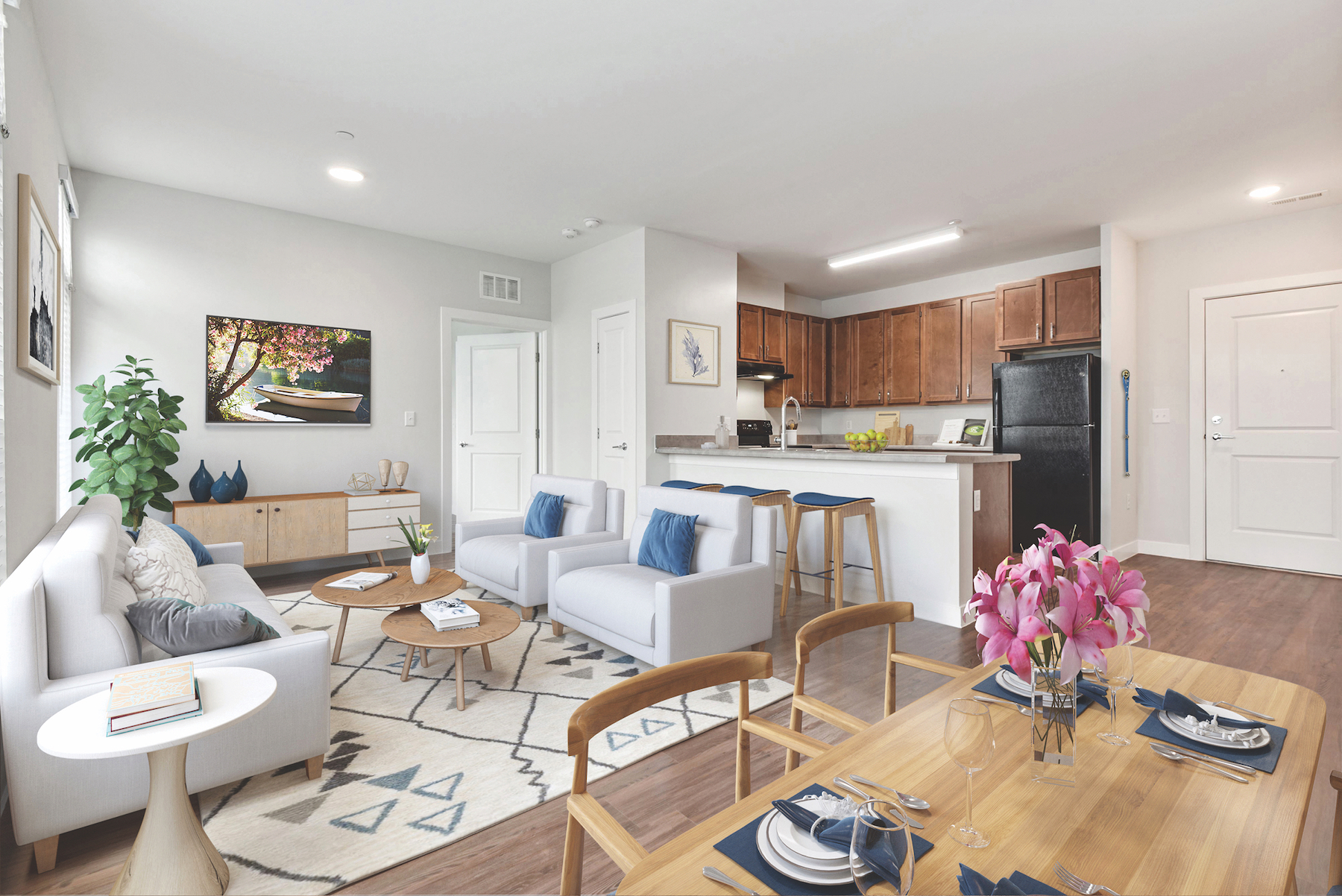
In 1942, the U.S. Housing Authority constructed 15 apartments for African-American war industry workers and their families in the historic Parker-Gray District of Alexandria, Va. The precast modernist units remained in use as public housing until 2018, when they were deemed beyond repair. The KTGY-led project team leveraged the FAR requirements to garner 52 units on the 0.71-acre site: 15 at 30% AMI, 11 at 50% AMI, and 26 at 60% AMI. Six units at the $12 million complex are fully accessible. Lineage earned EarthCraft Gold certification.
6. PULLMAN ARTSPACE LOFTS | Chicago, Ill.
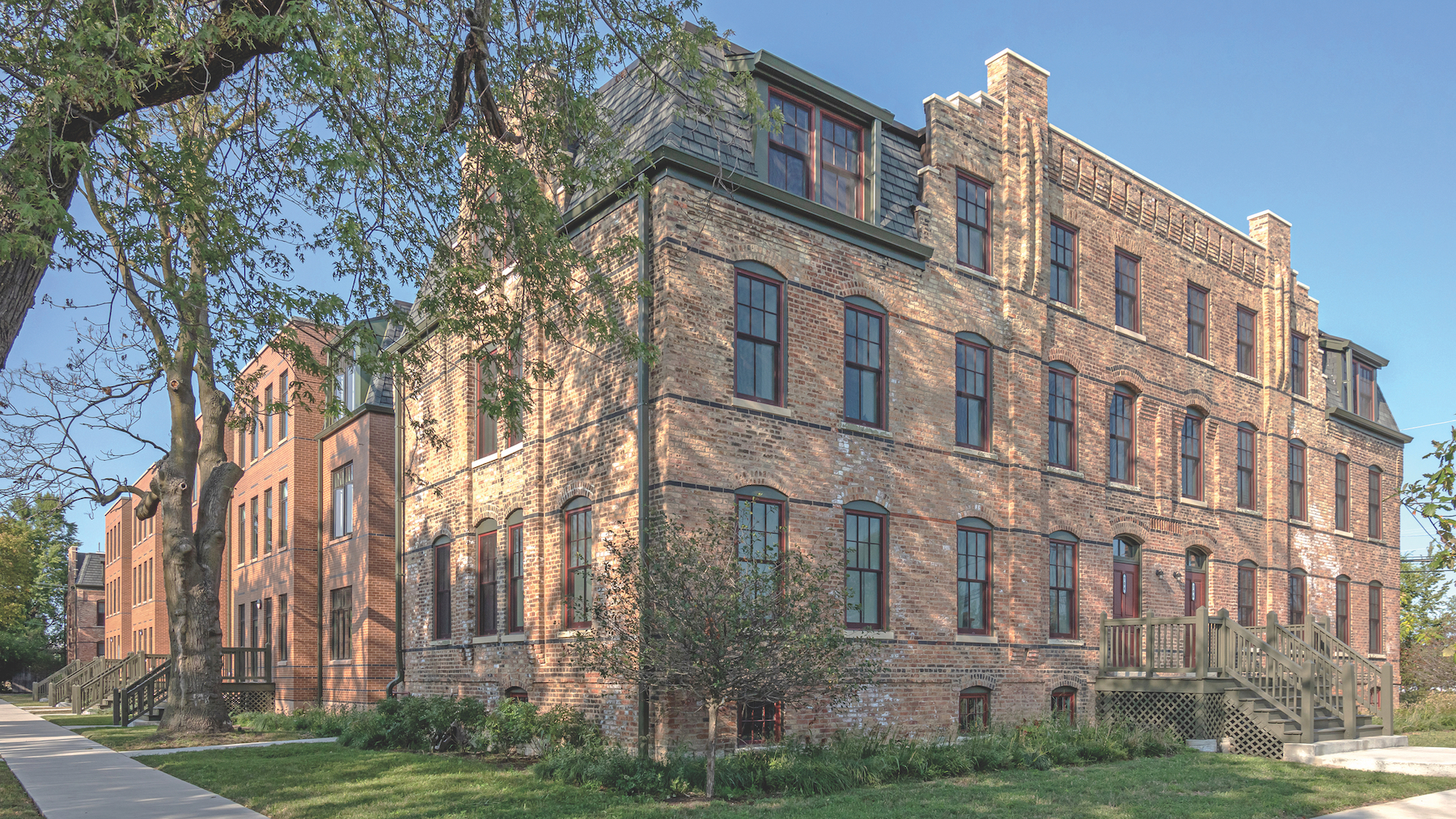
Two abandoned 19th-century landmark apartment buildings were renovated and a new building inserted between them to create 18 one-bedroom and 20 two-bedroom lofts for working artists (60% AMI) in Pullman, a planned community that was the home of the Pullman Car Company in the late 1800s; it was named a National Monument in 2015. Stantec (architect) captained the team of Pepper Construction (CM/GC) and Brown & Momen (CM) for owner/developer Pullman Artspace LLC and co-developers PullmanArts and Chicago Neighborhood Initiatives.
7. PATH METRO VILLAS | Los Angeles, Calif.
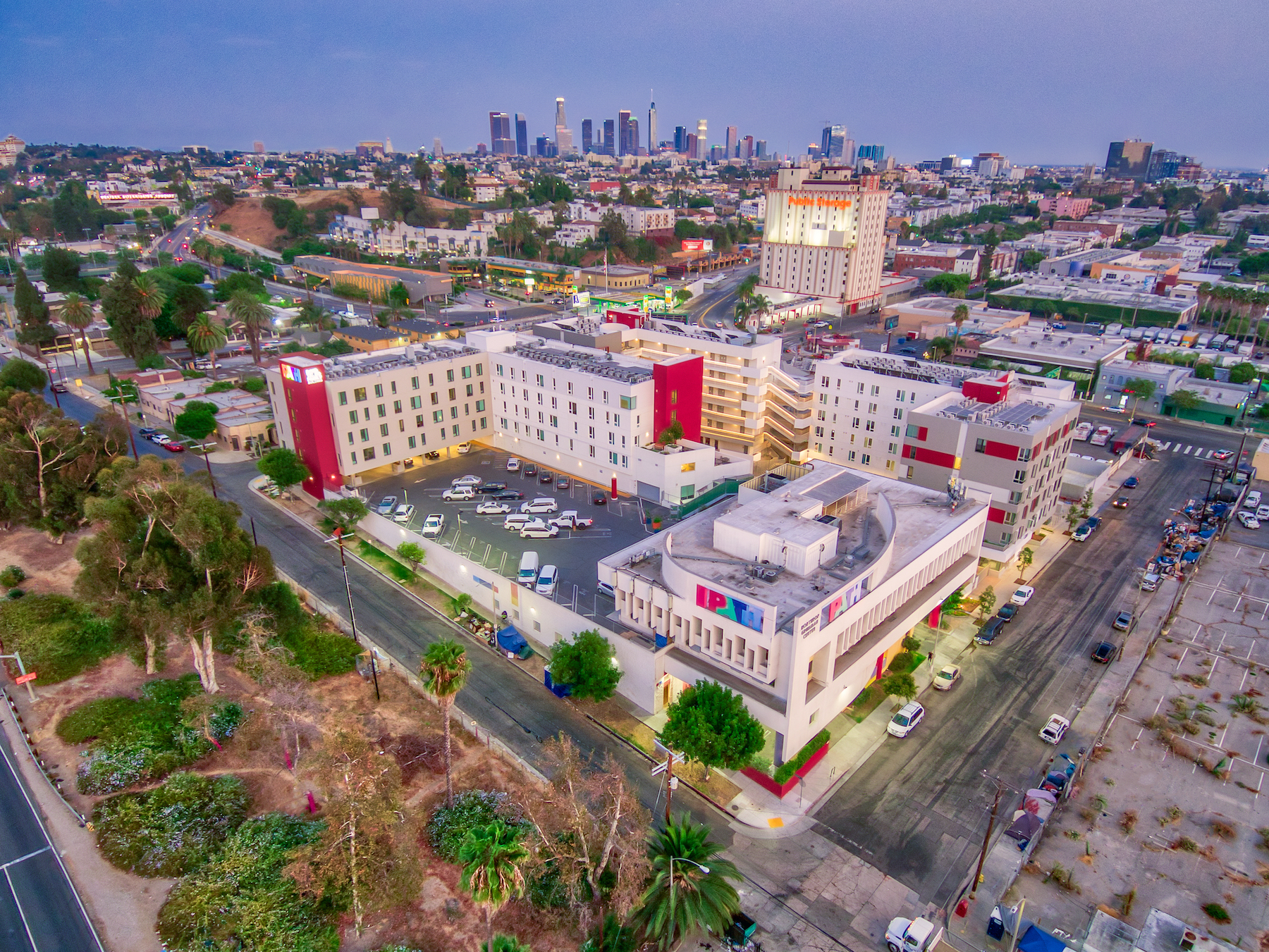
This two-phase enterprise provides 186 studios and one-bedroom units and supportive services for veterans, seniors, and the homeless in the Rampart Village section of Los Angeles. The developer, PATH Ventures, had to secure a zoning change from light industrial to residential. KFA Architecture (architect) worked with Englekirk Engineers (SE); KPFF Consulting Engineers (CE); ME Engineers (MEP); Irvine & Associates (land planner); Landscape Images (landscape architect, Phase 1); AHBE|MIG (landscape architect, Phase 2); and Walton Construction (GC).
8. VILLAS AT THE RIDGEWAY | Yonkers, N.Y.
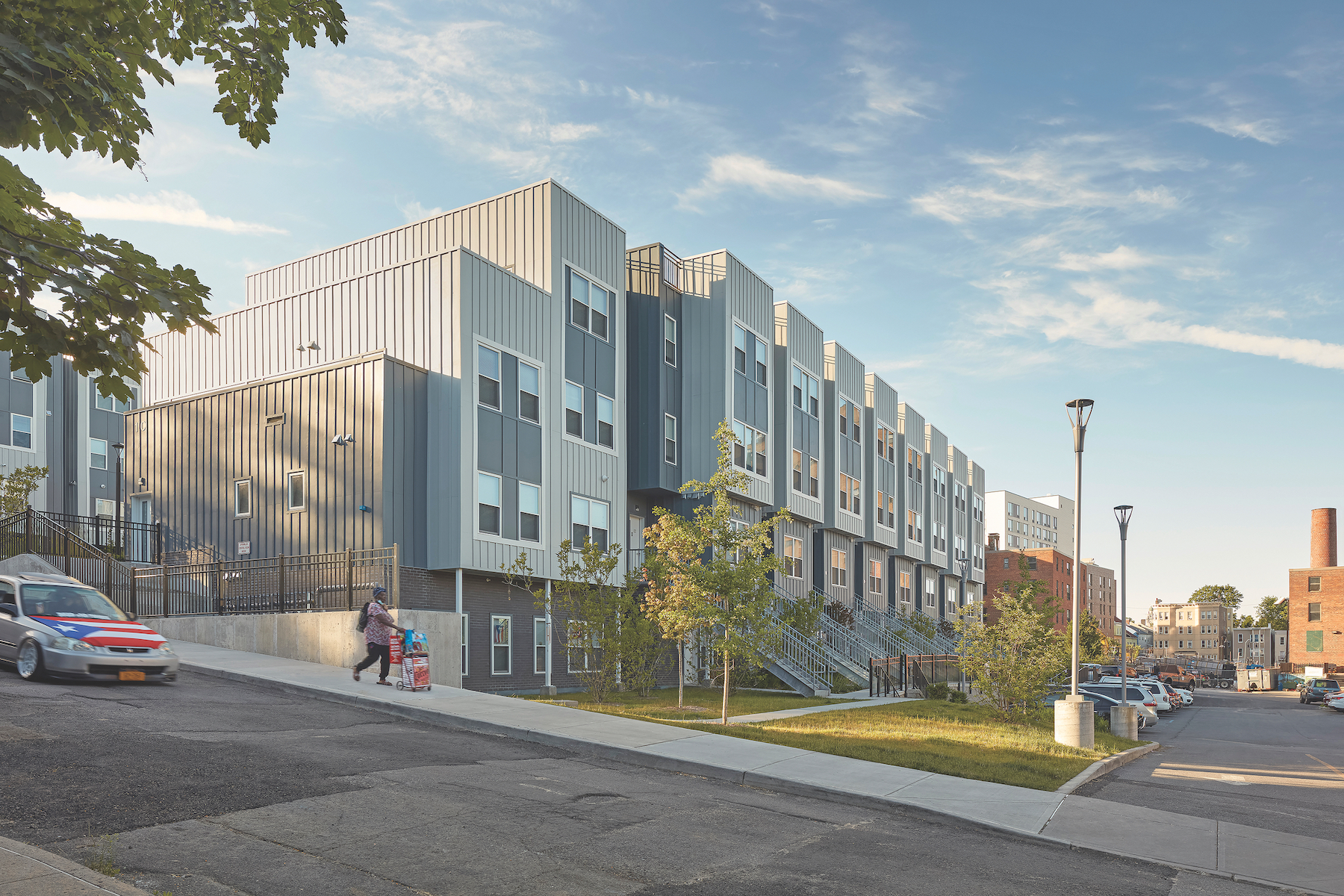
This redevelopment replaced three derelict public housing buildings with 70 two- to four-bedroom apartments at 30%, 50%, and 60% AMI, plus some market-rate units, using 40X16X10-foot modular units fabricated off site. Magnusson Architecture and Planning helmed the project for The Community Builders (developer), with LMW Engineering Group (SE), Philip Habib & Associates (CE), Johnson & Urban (MEP), Terrain-NYC (landscape architect), Steven Winter Associates (sustainability consultant), and JoDi Realty (builder). They also renovated a daycare center that serves the neighborhood.
9. PHOENIX ESTATES II (700 MANIDA STREET) | Bronx, N.Y.
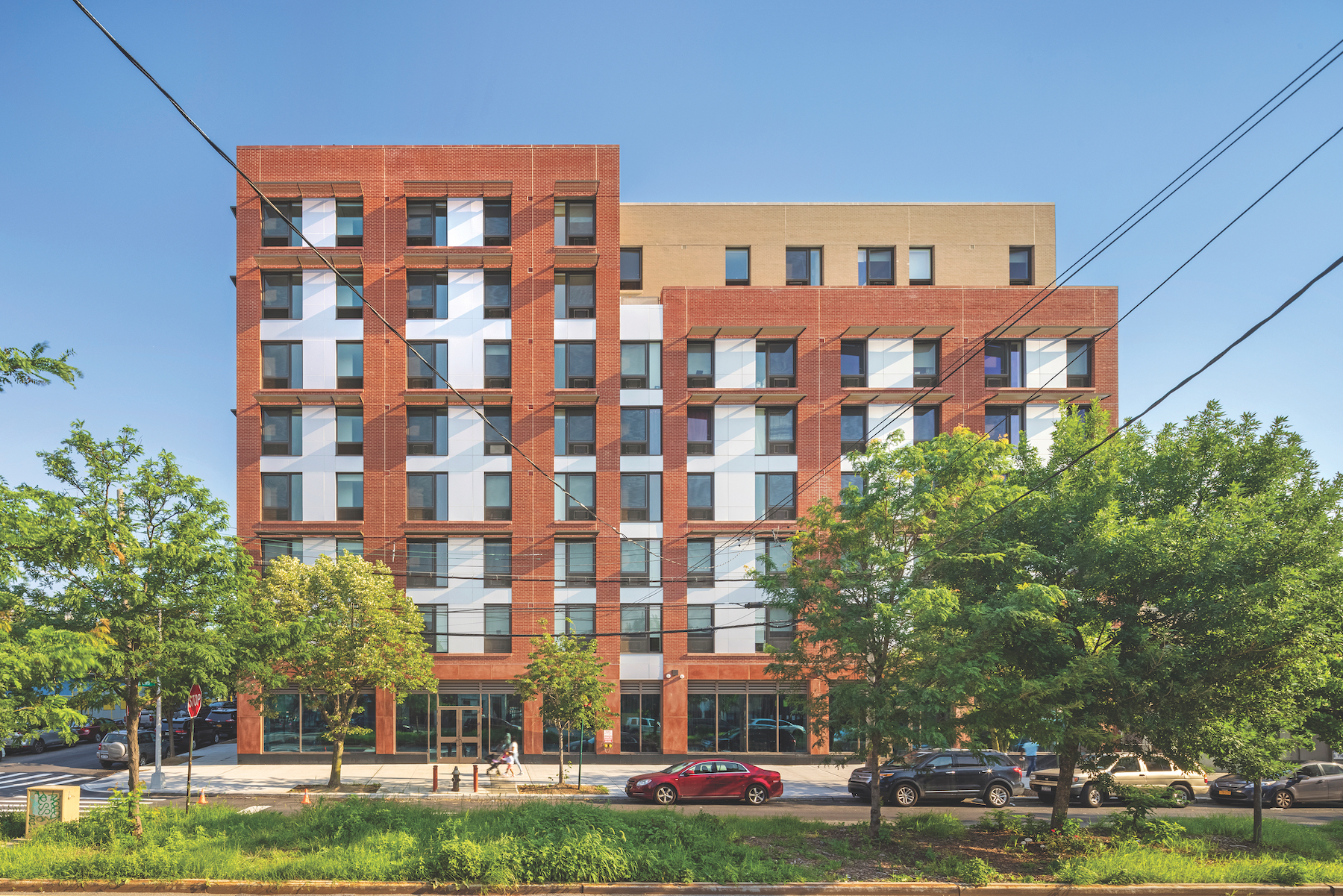
RKTB Architects took advantage of NYC’s 2016 Zoning for Quality and Affordability rules to gain 45% greater FAR for this 102,000-sf mix of 100% affordable senior (48) and family (60) apartments. The senior units are distributed throughout the six- to eight-story L-shaped complex. The $33 million transgenerational enterprise has a 7,100-sf yard and ground-floor space for two art galleries.
10. FROST TERRACE | Cambridge, Mass.
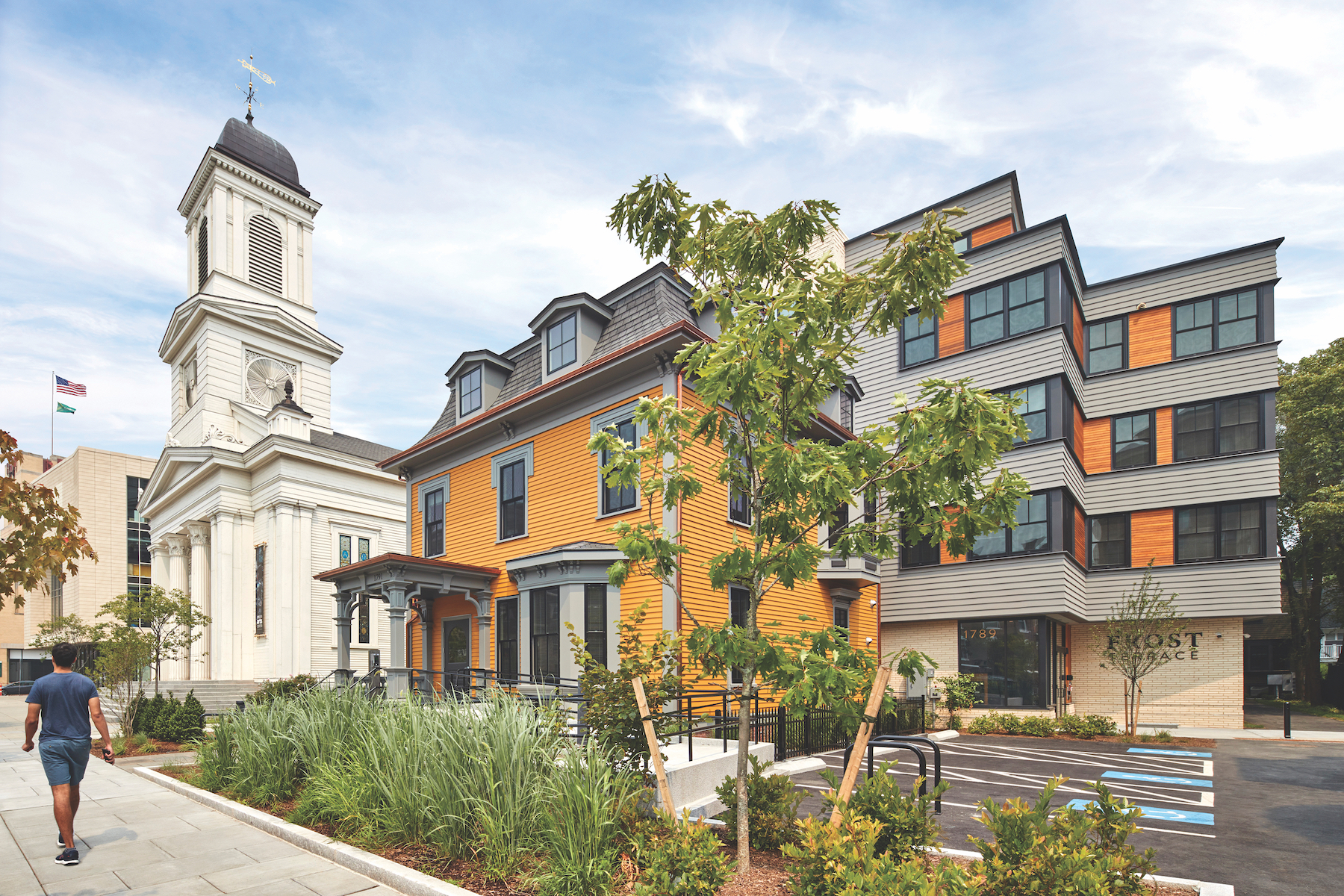
Bruner/Cott Architects inserted a three-story structure amid four restored single-family edifices to form a transit-friendly complex with 40 100% affordable (30-60% AMI) studio and one-, two-, and three-bedroom units. Eight of the apartments have been set aside for Section 8 vouchers. The developers, Capstone Communities and Hope Real Estate Enterprises, used the Commonwealth’s Chapter 40B speedy permit process to get all approvals in one step. They are targeting LEED Multifamily Midrise Gold.
11. WARLEY PARK | Sanford, Fla.

As Central Florida’s first permanent supportive housing community, Warley Park offers 81 one- and two-bedroom apartments for homeless individuals and families. On-site services (provided by Step Up on Second) include mental healthcare, job training, GED classes, and after-school programs. Wendover Housing Partners (developer) was assisted by Slocum Platt Architects and Roger B. Kennedy Construction.
12. WINTON GARDENS TOWERS | Rochester, N.Y.
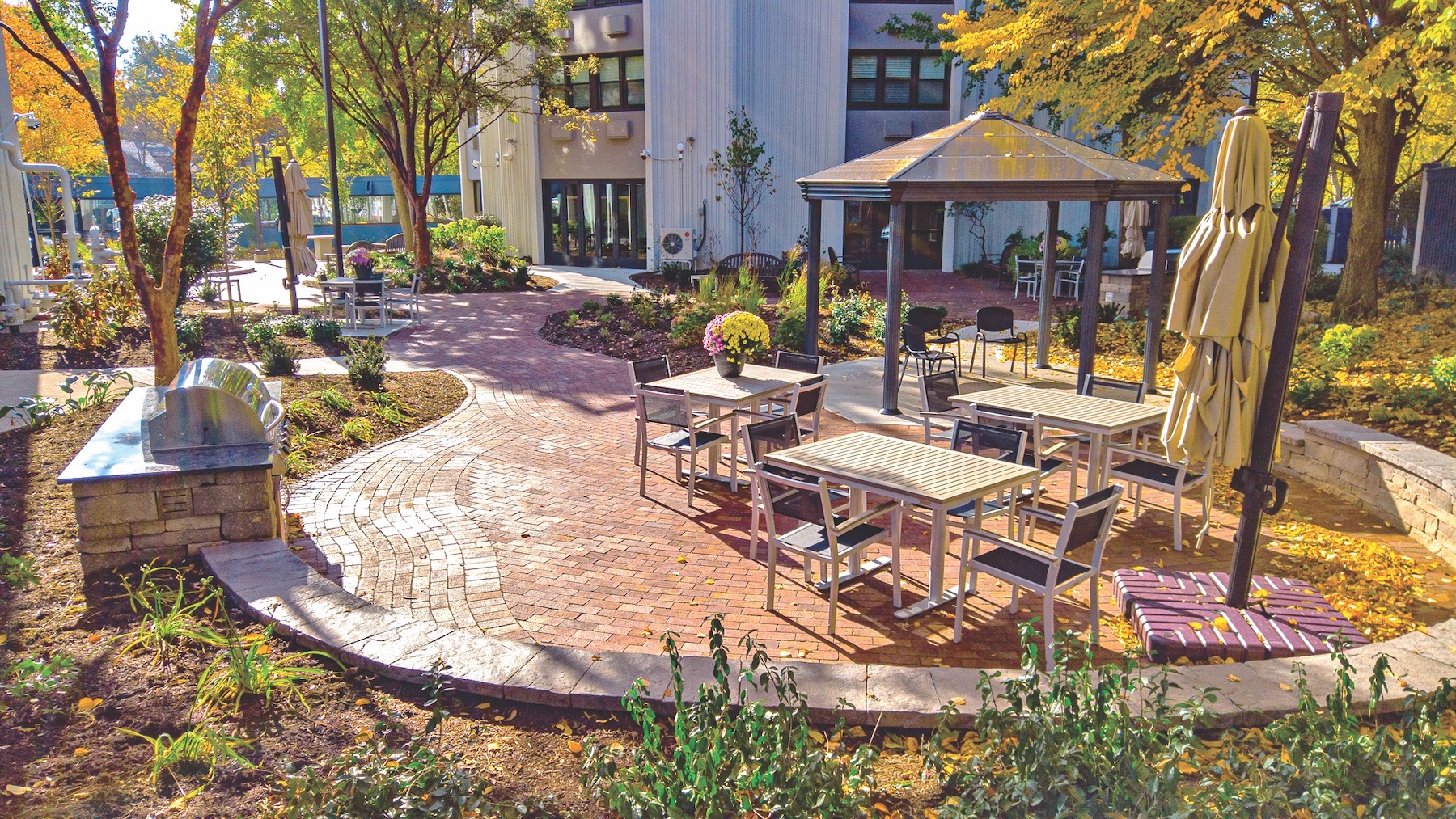
Originally built in 1973, these twin 11-story towers had deteriorated into a crime-ridden hot spot. Community Preservation Partners bought the property in 2018 and, with Rochester’s Cornerstone Group, invested $28.5 million in Energy Star appliances, LED lighting, energy-efficient PTACs, high-efficiency elevators, and security and accessibility upgrades. The 55+ community offers 200 units (425-525 sf) at 30% AMI, six at 60%. Ebesoldt Associates Architecture (designer) and Katerra (builder) performed the work.
13. FAIR OAKS COMMONS | Redwood City, Calif.
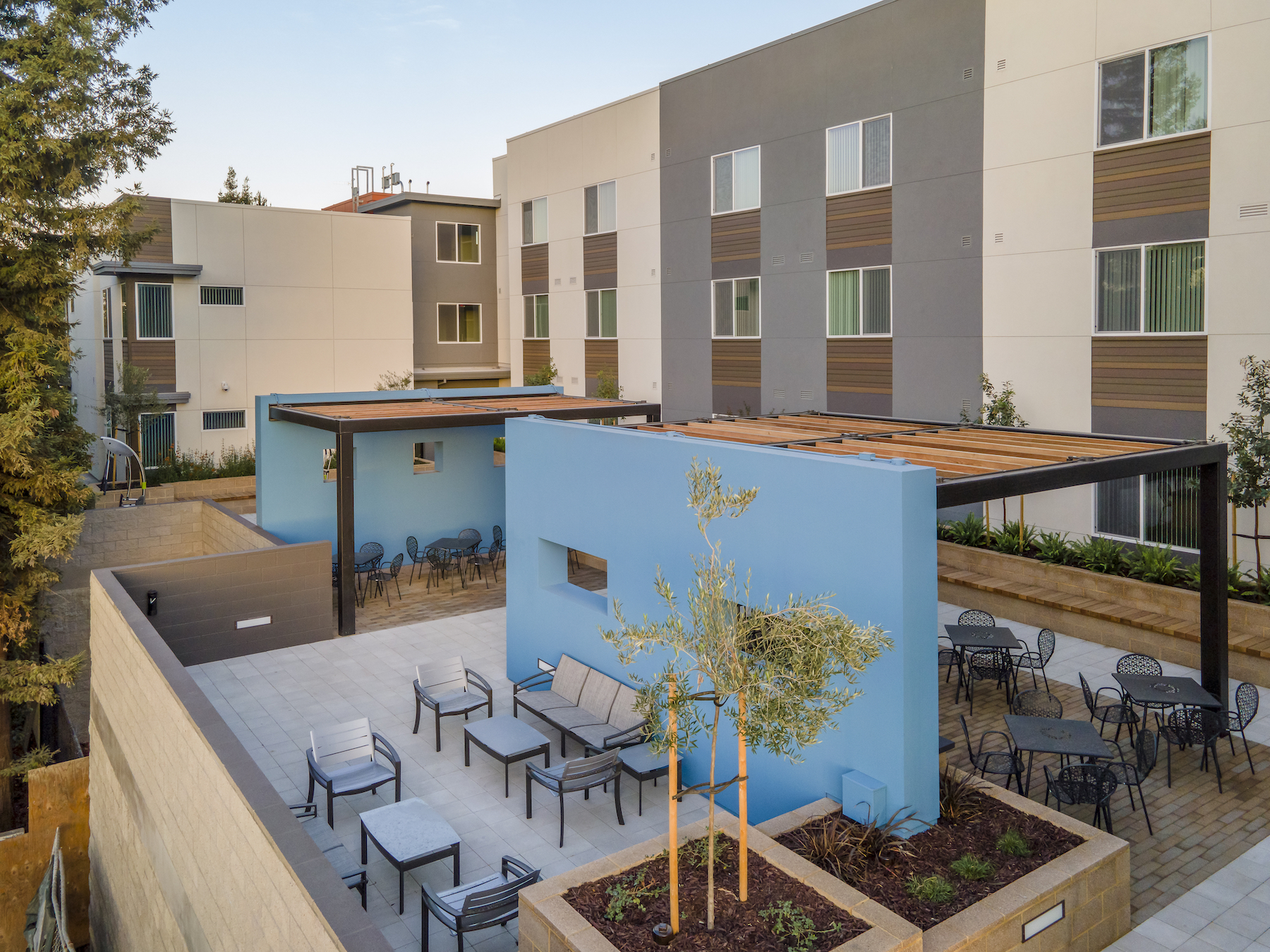
This $42 million complex was the first in San Mateo County to get one-stop approval under California’s SB 35. Its 67 living units (59 furnished) serve families, veterans, and the homeless (30-70% AMI). On-site service agency John Stewart Company provides job readiness programs, financial planning courses, and case management. Dahlin Group (architect) piloted the team: LUK and Associates (CE), Emerald City Engineers (MEP), The Guzzardo Partnership (landscape architect), and L&D Construction (GC).
Related Stories
Multifamily Housing | Jan 12, 2023
8 noteworthy multifamily housing projects, including a refuge for unsheltered youth
Join us on a nationwide tour of notable new multifamily projects from around the country.
Senior Living Design | Jan 10, 2023
8 senior living communities that provide residents with memory care
Here are eight senior living communities that offer their residents memory care, an important service for residents who need this specialized care.
Government Buildings | Jan 9, 2023
Blackstone, Starwood among real estate giants urging President Biden to repurpose unused federal office space for housing
The Real Estate Roundtable, a group including major real estate firms such as Brookfield Properties, Blackstone, Empire State Realty Trust, Starwood Capital, as well as multiple major banks and CRE professional organizations, recently sent a letter to President Joe Biden on the implications of remote work within the federal government.
Multifamily Housing | Jan 9, 2023
New York City advances plan to build 500,000 new housing units
After New York Mayor Eric Adams announced a “Moonshot” plan to build 500,000 new housing units over the next 10 years in early December, he moved quickly to jumpstart the process.
Sustainability | Jan 9, 2023
Innovative solutions emerge to address New York’s new greenhouse gas law
New York City’s Local Law 97, an ambitious climate plan that includes fines for owners of large buildings that don’t significantly reduce carbon emissions, has spawned innovations to address the law’s provisions.
Fire and Life Safety | Jan 9, 2023
Why lithium-ion batteries pose fire safety concerns for buildings
Lithium-ion batteries have become the dominant technology in phones, laptops, scooters, electric bikes, electric vehicles, and large-scale battery energy storage facilities. Here’s what you need to know about the fire safety concerns they pose for building owners and occupants.
Multifamily Housing | Dec 29, 2022
San Jose is largest U.S. city to abolish minimum parking for new housing
San Jose, Calif., recently became the largest U.S. city to strike down minimum parking requirements for new housing development. The city reversed zoning devised in the 1950s that reputedly gave it the worst sprawl of parking space in northern California.
Codes and Standards | Dec 29, 2022
New York City multifamily owners concerned over fires caused by e-bikes
In 2022, there have been nearly 200 fires and six deaths in New York City caused by lithium-ion batteries used in mobility devices such as electric bikes and scooters.
Multifamily Housing | Dec 27, 2022
Traverse Apartments brings 281 sorely needed rental units to the Denver area
Traverse Apartments offers 281 units, designed by KTGY, is located in Lakewood, Colo.
Multifamily Housing | Dec 21, 2022
Bay Area school district builds 122 affordable apartments for faculty and staff
The 122 affordable apartments at 705 Serramonte, Daly City, Calif., were set aside not for faculty and staff at Jefferson Union High School District.


